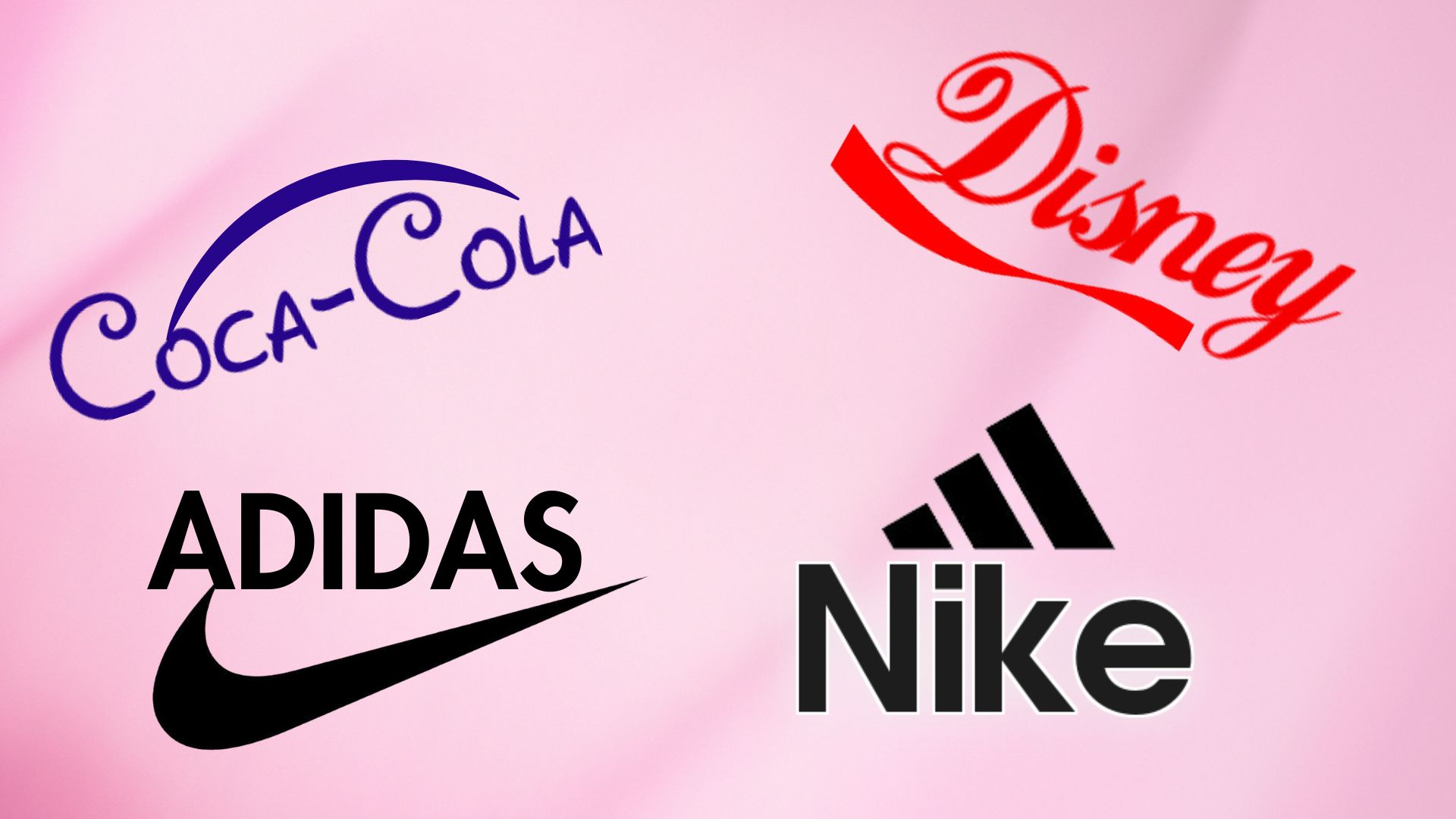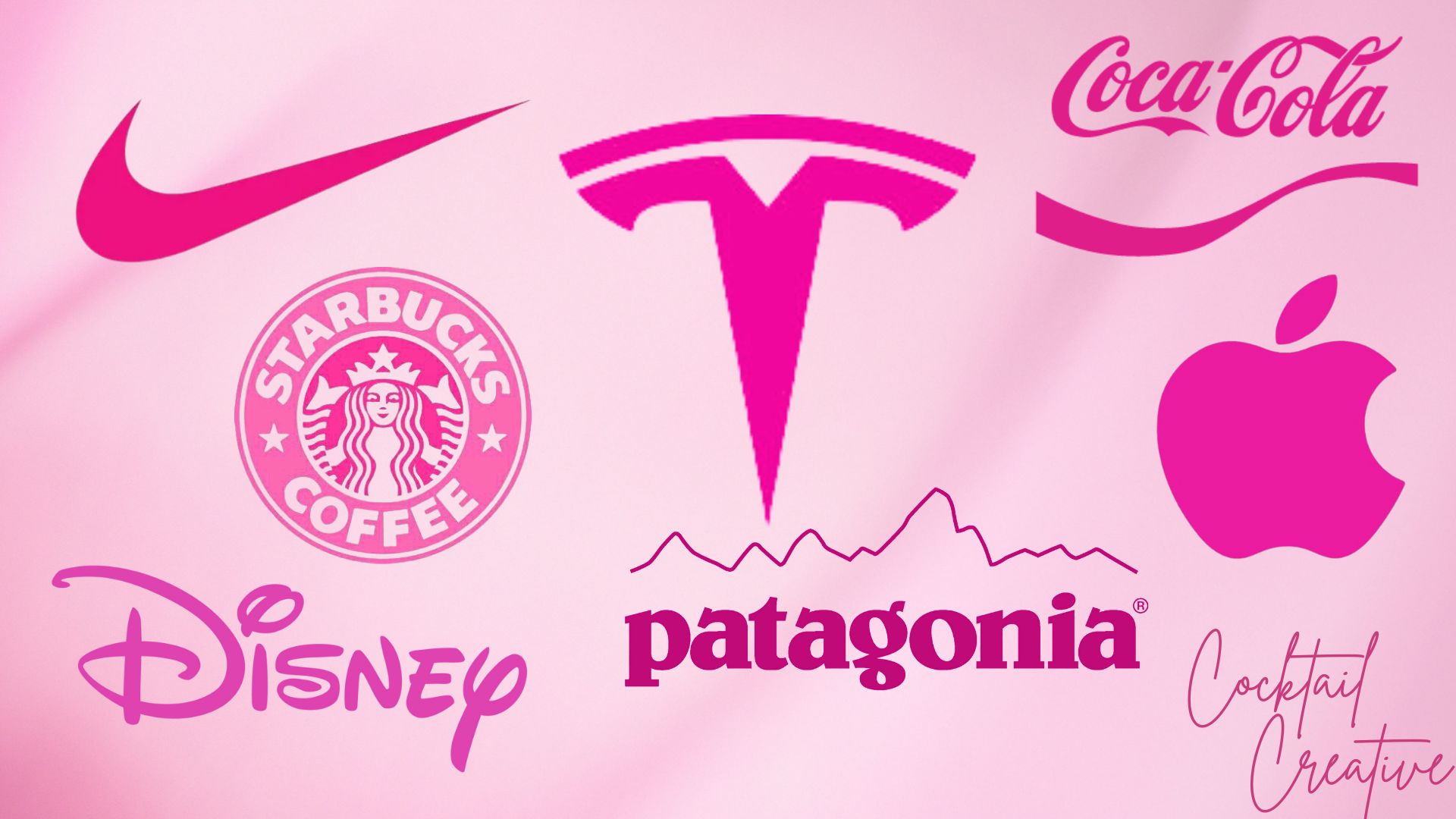Branding for Small Businesses: Tips and Best Practices
Building a strong brand is essential for small businesses looking to stand out in a crowded market. Effective branding can attract more customers, foster loyalty, and drive sales. In this post, we’ll provide practical advice for small business owners on how to build and promote their brand effectively, including budget-friendly strategies and examples of successful small business brands. We’ll also highlight case studies of a local bakery and a beauty salon that successfully used Instagram to enhance their brands.
Practical Tips for Small Business Branding:
1. Define Your Brand Identity:
– Clearly articulate your brand’s mission, vision, and values.
– Develop a unique value proposition that sets your brand apart from competitors.
2. Create a Strong Visual Identity:
– Design a memorable logo and select a consistent colour palette.
– Use professional-quality images and graphics to create a cohesive look across all platforms.
3. Leverage Social Media:
– Use platforms like Instagram, Facebook, and Twitter to engage with your audience.
– Post regularly and use stories, reels, and live videos to keep your content fresh and engaging.
4. Engage with Your Community:
– Participate in local events and collaborate with other local businesses.
– Show appreciation for your customers by featuring user-generated content and hosting giveaways.
5. Focus on Customer Experience:
– Ensure every interaction with your brand is positive and memorable.
– Respond promptly to customer inquiries and feedback.
6. Budget-Friendly Branding Strategies:
– Utilize free or low-cost design tools like Canva for creating marketing materials.
– Take advantage of social media advertising with small budgets to reach a wider audience.
Case Study 1: Local Bakery Boosts Brand with Instagram
One effective way to use Instagram for marketing is to showcase your products in action. This is especially true for businesses offering tangible items like food, clothing, or accessories. In this case study, we’ll look at how a local bakery used Instagram Stories and Reels to boost its brand awareness, customer loyalty, and revenue.
The bakery, located in a small UK town, struggled to compete with larger chains and online delivery services. The owner, passionate about baking and creativity, leveraged Instagram to showcase unique creations. By posting regular stories and reels featuring behind-the-scenes glimpses of the baking process, tips for making perfect pastries, and fun themes for different occasions, the bakery engaged its audience. They used hashtags, stickers, polls, and quizzes to encourage interaction and feedback from followers.
Key strategies included:
– Using High-Quality Images and Videos: Investing in good camera and lighting equipment to capture products attractively.
– Adding Captions and Voice-Overs: Explaining the baking process and adding personality to content.
– Creating Urgency and Exclusivity: Using countdowns, timers, and limited-time offers to generate excitement.
– Encouraging User-Generated Content: Inviting customers to share their photos and videos, reposting them, and creating a branded hashtag.
– Offering Incentives and Rewards: Providing discounts, coupons, free samples, and giveaways, along with a loyalty program.
Results: Within six months, the bakery increased Instagram followers by 500%, store visits by 400%, and sales by 300%. Customers praised the products, service, and creativity, establishing the bakery as a local favourite and gaining recognition from influencers and media.
Case Study 2: Beauty Salon Showcases Work and Testimonials
Another effective Instagram marketing strategy is showcasing your work and letting satisfied clients speak for you. This is what Beauty by Bree, a beauty salon in New York, did to grow their business and reach new audiences.
Key strategies included:
– Creating a Branded Filter: Designing a custom filter that applied a subtle makeup effect with their logo and a call to action to book appointments. Promoting the filter on stories and encouraging followers to try and tag it increased brand awareness and organic marketing.
– Sharing Customer Reviews: Asking customers to leave reviews on Instagram, then reposting them on stories and feed, showcasing work and building social proof.
– Using Hashtags and Geotags: Utilizing relevant hashtags and geotags to increase visibility and discoverability. Participating in local events and collaborations expanded their network and attracted more local customers.
Results: Beauty by Bree gained over 10,000 new followers in six months, received over 500 reviews with an average rating of 4.9 stars, and increased bookings by 80%. Customers appreciated the work and online presence, significantly boosting the salon’s performance and business outcomes.
Branding is a critical component of small business success. By defining your brand identity, leveraging social media, engaging with your community, and focusing on customer experience, you can build a strong and memorable brand. Take inspiration from the success stories of the local bakery and Beauty by Bree and start implementing these strategies with Cocktail Creative today.










